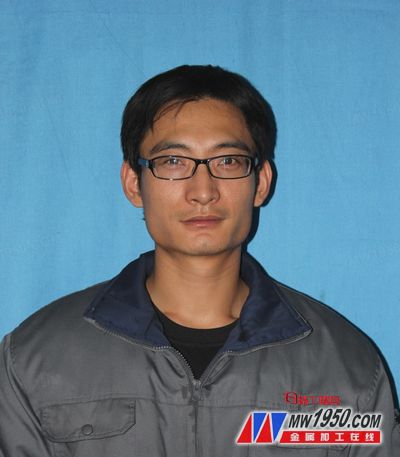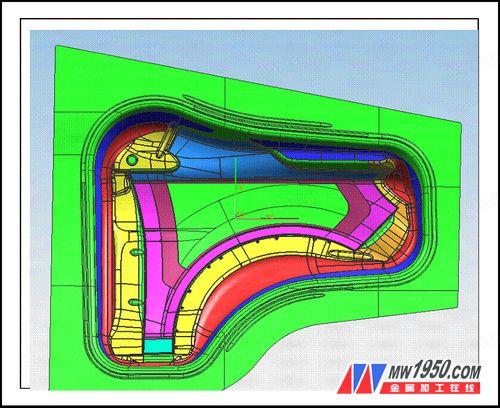
Dai Zengliang, Head of the Programming Technology Division, Mould Center, Great Wall Motor Co., Ltd.
Today, automotive companies are moving toward a more sustainable and safe future while maintaining traditional manufacturing. This shift has increased the demands on molds, not only in terms of surface quality and dimensional accuracy but also in ensuring that the formed parts are stable and safe. It is essential to analyze the dangerous zones and safety zones along the forming curve. As a result, we can no longer rely solely on traditional manufacturing methods to improve part quality; instead, we need a more refined process to ensure both mold and part performance meet high standards.
As mold technology continues to evolve, the reliance on traditional fitter-based craftsmanship is gradually being replaced by a more advanced, technology-driven production model. The focus has shifted from manual operations to design-centered, efficient management systems. Modern mold manufacturing now integrates digital design and even stamping process design at an early stage, making this approach widely adopted. The traditional mold production concept is being transformed into a high-tech management model (see Figure 1).

Figure 1
The shift from traditional manufacturing to advanced technologies has made the production process more efficient. From initial design to subsequent analysis, including springback compensation, outer impact line, drift line, and sharp edge analysis, everything is now handled with greater precision. Based on CAE analysis, adjustments are made according to field debugging results, allowing real-world issues to be simulated on computers. This enables us to develop correction plans that guide on-site adjustments. Additionally, we can create strain difference cloud maps comparing CAE analysis with actual parts, conducting mesh strain analysis for better insights.
Processing digital-analog design technology (see Figure 2) involves compensating for material thinning and dynamic elastic deformation of the mold. During the drawing process, materials may become uneven, so it's crucial to ensure that the NC machining of the mold’s convex and concave surfaces is precise and uniform. When the material is thick, the gap between the profile and the sheet becomes uneven, affecting the coloring rate of the part. By using sheet metal stamping CAE analysis to determine the required forming force, we apply it directly to the lower mold, which turns out to be concave. Before NC machining, we consider factors that influence the mold clamping rate, compensate the die surface, reduce manual training, and improve the overall efficiency of the molding process.
Additionally, virtual mold clamping technology (see Figure 3) uses fast data acquisition to collect and analyze critical parts of the mold. Through data virtual clamping, we can intuitively assess the actual clamping gap without prior physical testing. This allows us to identify and resolve potential issues before collecting real data, significantly reducing the commissioning time of hydraulic machines.

Figure 2
The Oil Bath can be controlled by microcomputer with high precision, which is accurate and reliable. It is used for precise constant temperature and auxiliary heating in colleges and universities, industrial and mining enterprises and scientific research institutes.
Cycle Water Bath,Circulating water bath,Constant temperature circulating water bath,Super cycle constant temperature water bath
Zenith Lab (Jiangsu) Co.,Ltd , https://www.zenithlabo.com